
Barcelona Back at the Camp Nou: Green Light for La Liga Champions to Return to Iconic Stadium
When Barcelona left the Camp Nou in the summer of 2023, there was a sense of nostalgia mixed with anticipation. The club’s historic home, a place where countless memories had been made, was closing for a major renovation that promised to bring it into a new era. For two full seasons, the Blaugrana faithful had to trade their spiritual home for the Estadi Olímpic Lluís Companys. But now, at long last, Barcelona have received the long-awaited permit that allows them to reopen the Camp Nou—just in time for their next La Liga match against Valencia on September 14.
This moment isn’t just about bricks, steel, or seats. It’s about Barcelona stepping back into a stadium that has defined their identity for decades. It’s about the fans who have waited patiently for the chance to walk through those famous gates again. And it’s about the club, which is banking on the reopening of the Camp Nou to provide a huge boost both on and off the pitch.
Permit Granted: A Milestone for Barcelona’s Camp Nou Project

Barcelona
After months of speculation, paperwork, and construction updates, Barcelona are finally able to say they have the green light to bring football back to the Camp Nou. According to local reports, the city council will grant the final certificate of works in the coming days, which clears the way for the first match to take place in the partially reopened stadium.
For club president Joan Laporta, it’s a moment of relief. The ambitious redevelopment has not been without its problems, ranging from budget concerns to logistical delays. But this latest approval represents a symbolic breakthrough. With the permit secured, Barcelona can officially put tickets on sale for the Valencia clash—something supporters have been eagerly waiting for since the project began.
The decision is also a boost for the players and manager Hansi Flick, who have spent the last two campaigns playing in front of reduced crowds at the Olympic Stadium. While it carried its own charm, it never truly felt like home. The Camp Nou, even in its half-finished state, will change that immediately.
A Stadium Reborn: Phases of the Camp Nou Return

Rayo Vallecano de Madrid v FC Barcelona – LaLiga EA Sports
Barcelona’s return to the Camp Nou won’t happen all at once. Instead, the reopening has been carefully staged in phases to ensure safety and to allow ongoing work to continue around matchdays.
-
Phase One (September): The capacity will be limited to around 27,000 spectators for the Valencia match. While that’s a far cry from the stadium’s traditional size, it’s enough to create an atmosphere that the players have sorely missed.
-
Phase Two (October): By late October, capacity is expected to increase to 45,000 fans, almost doubling the noise and intensity inside the ground.
-
Phase Three (November): By the end of November, the stadium should be able to host 60,000 supporters, bringing it closer to its usual identity as one of the cauldrons of European football.
The long-term plan is even more ambitious. When the final works are completed, the new-look Camp Nou will boast a capacity of 105,000 seats, making it not only the largest stadium in Spain but the biggest in all of Europe. Alongside the increase in numbers, the project includes the installation of a modern roof, improved accessibility, state-of-the-art hospitality zones, and a full integration with the club’s “Espai Barça” project—a vision to transform the surrounding area into a world-class sports and leisure hub.
Why This Return Matters for the La Liga Champions
For the La Liga champions, this reopening is more than symbolic. Barcelona’s title defense is already underway, and the return to the Camp Nou could prove decisive in creating momentum. Every club talks about the importance of home advantage, but for Barça, the Camp Nou has always been a fortress.
From the roaring nights under Pep Guardiola to Lionel Messi’s countless masterpieces, the stadium has been central to the club’s mythology. Even in a reduced capacity, the sight and sound of tens of thousands of Culés singing the club anthem before kickoff will inject energy into both the players and the fans.
Financially, too, the move couldn’t come at a better time. Barcelona’s revenues have been under pressure during the stadium exile. Ticket sales, hospitality packages, and matchday income have all been lower than projected. The return—even if initially capped at 27,000—will give a significant boost to the club’s books. By November, when the stadium reaches 60,000 capacity, that impact will only grow.
The Road Ahead: Challenges and Opportunities
Of course, this isn’t the end of the journey. Much of the Camp Nou remains a construction site, and Barcelona will need to balance the demands of hosting matches with the realities of ongoing work. The third tier, for example, won’t be fully operational for some time, and the massive new roof is still in progress.
There’s also the possibility of minor delays. While the target is to host Valencia on September 14, the club have quietly prepared a contingency plan. If anything goes wrong with the final approval process, the official reopening could be pushed to the following week’s home game against Getafe on September 21. Still, optimism is high that the Valencia game will mark the grand return.
Beyond logistics, there’s also the weight of expectation. Fans will not only be looking forward to stepping back into their beloved stadium—they’ll want performances to match. With Real Madrid strong as ever and Atlético Madrid lurking, Barcelona will need to ensure that the emotional lift of returning home translates into consistent results on the pitch.
Camp Nou: The Heart of Barcelona
In the end, the story of Barcelona and the Camp Nou is not just about football. It’s about identity, culture, and history. The stadium has witnessed everything from European triumphs to painful defeats, from Messi’s magic to Ronaldinho’s grin, from Johan Cruyff’s Dream Team to modern icons carrying the torch.
Now, as the gates prepare to open once again, the city is ready to reclaim one of its most famous landmarks. The fans will return, the songs will echo, and Barcelona will finally feel at home again.
For Joan Laporta and the board, this permit represents progress. For the players, it’s a shot of adrenaline. And for the fans, it’s the return of something priceless—the feeling of being at the Camp Nou on a matchday, cheering for the La Liga champions in their iconic stadium.
Barcelona are back where they belong.


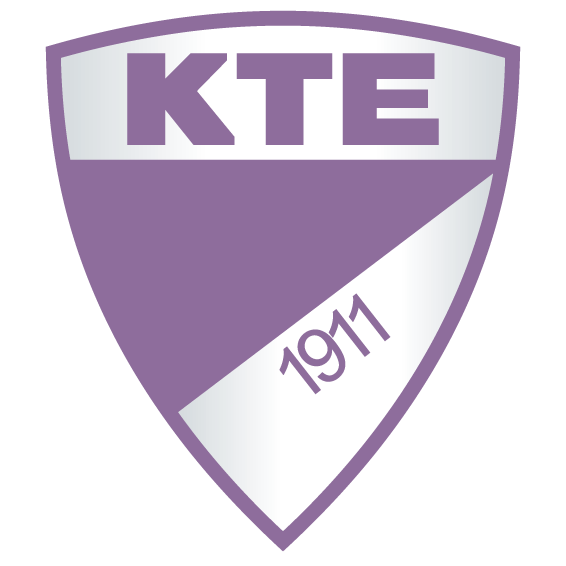



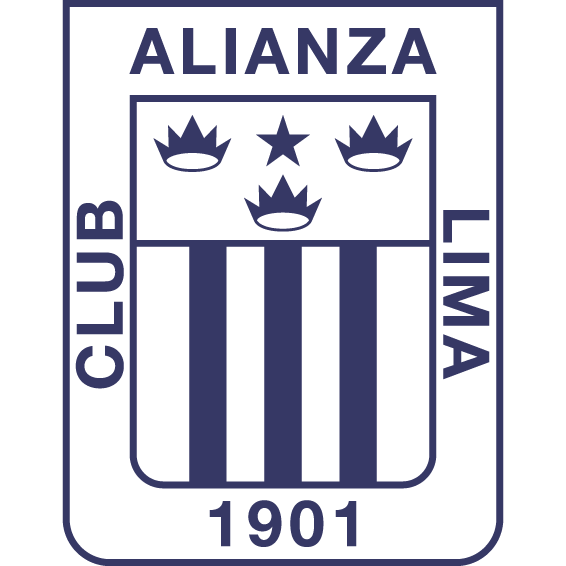
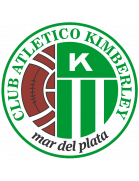


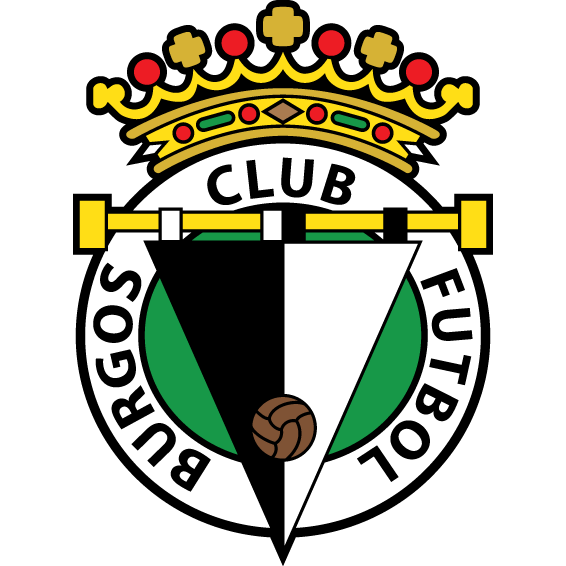
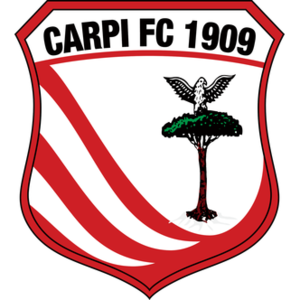
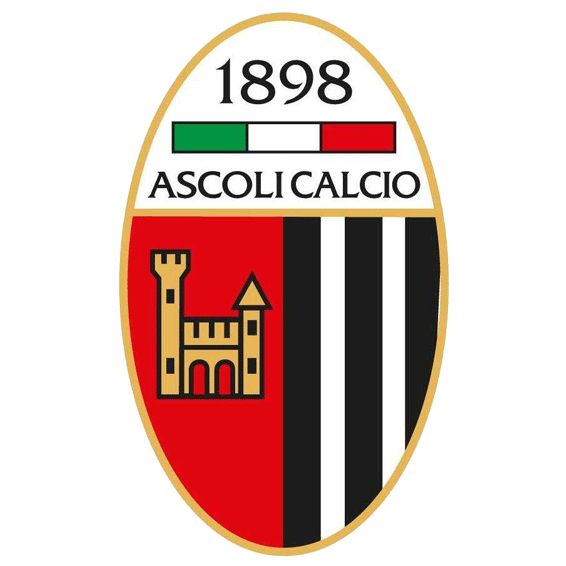





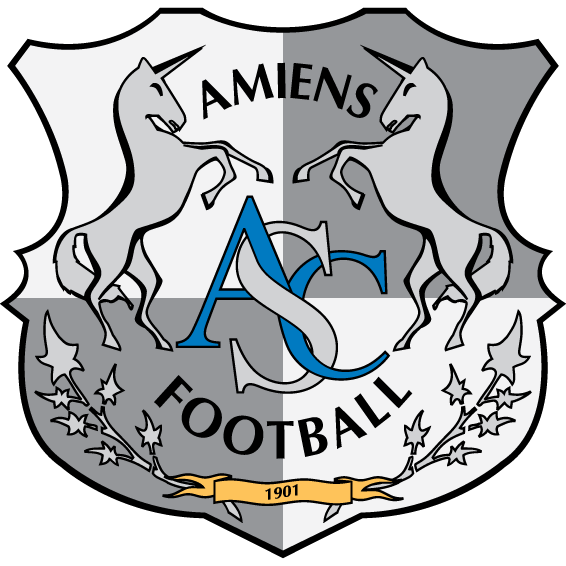
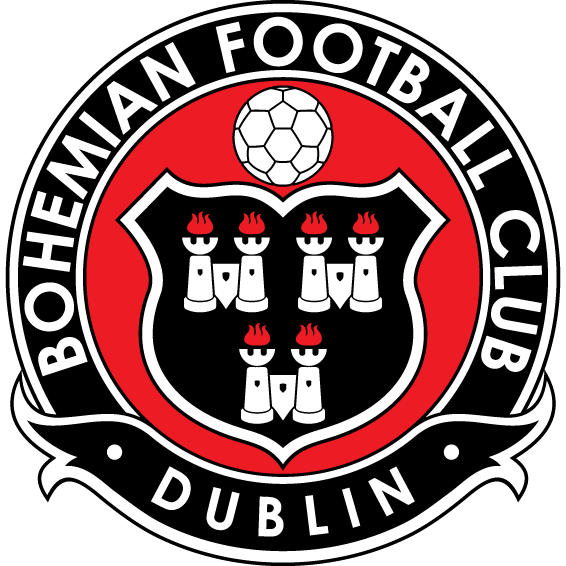
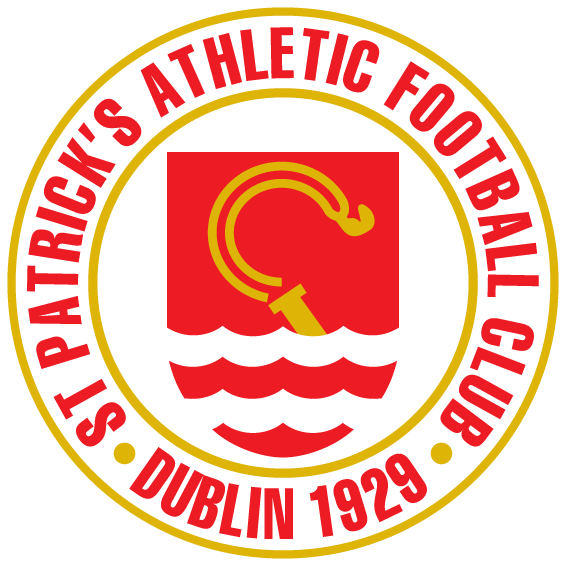
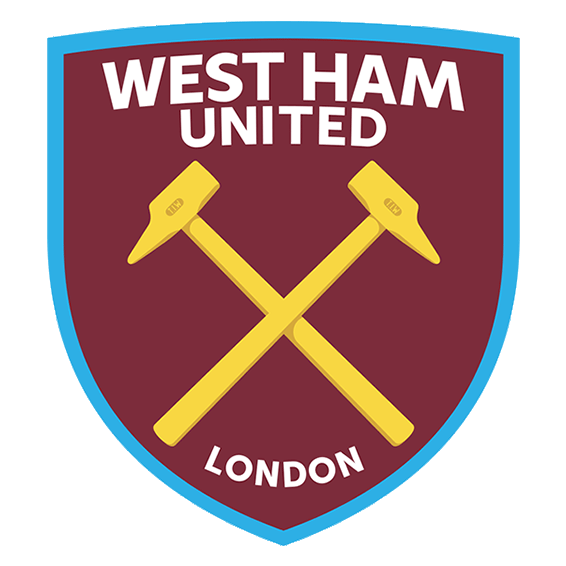


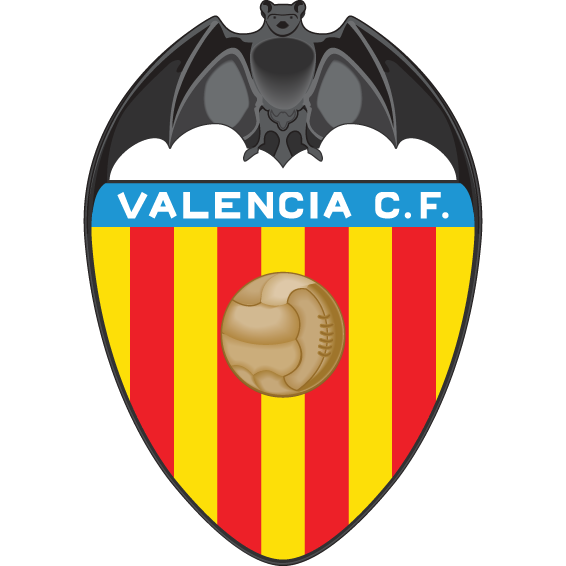
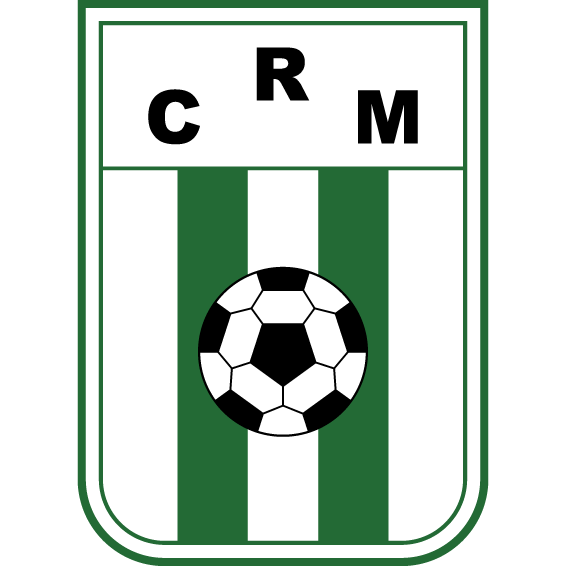


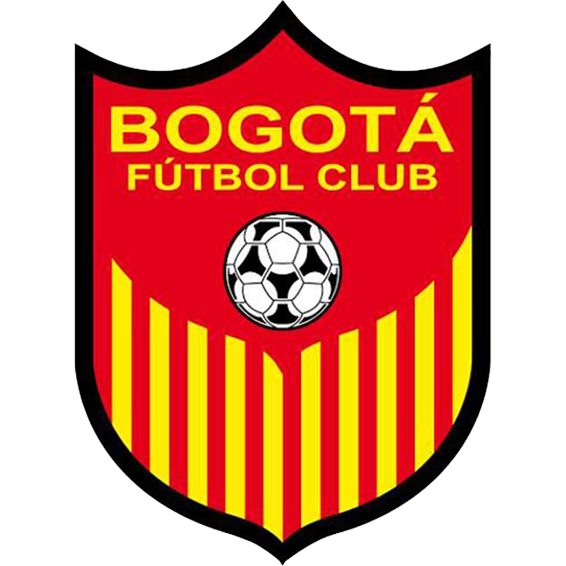
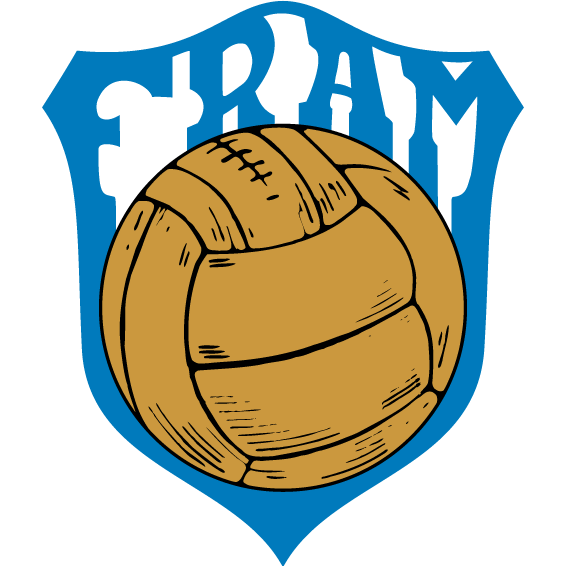

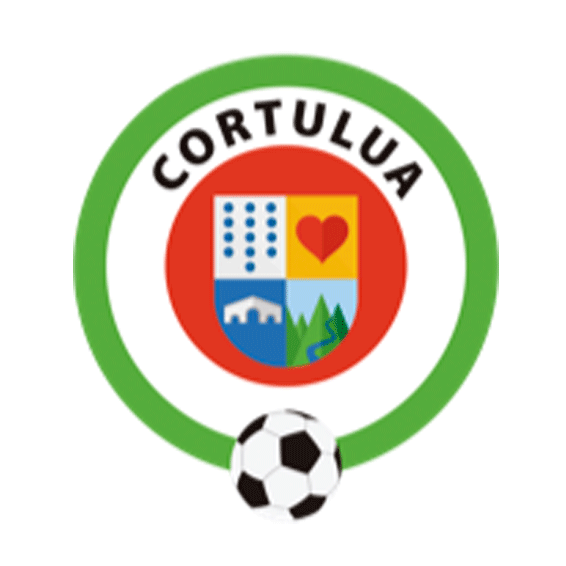


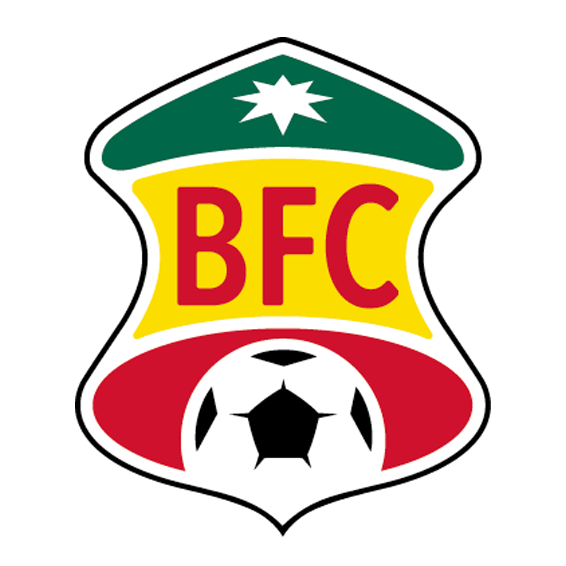


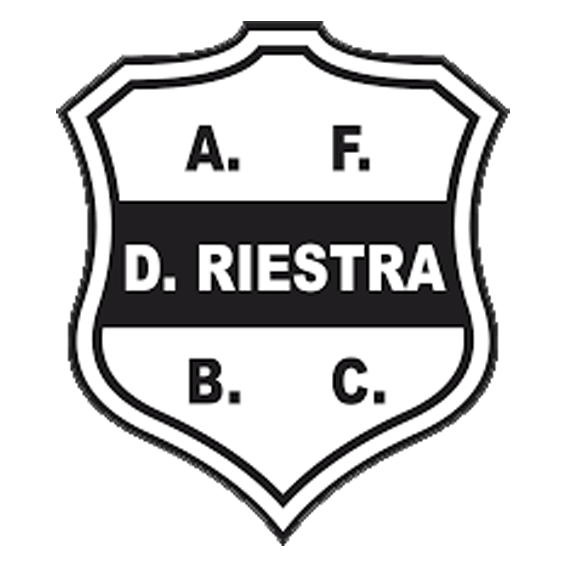
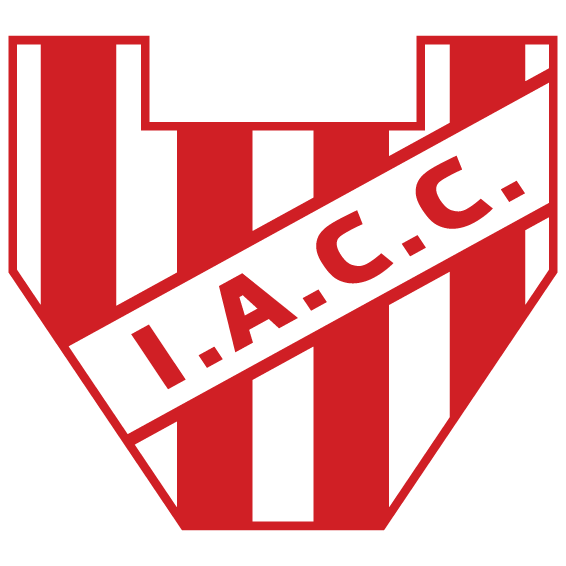
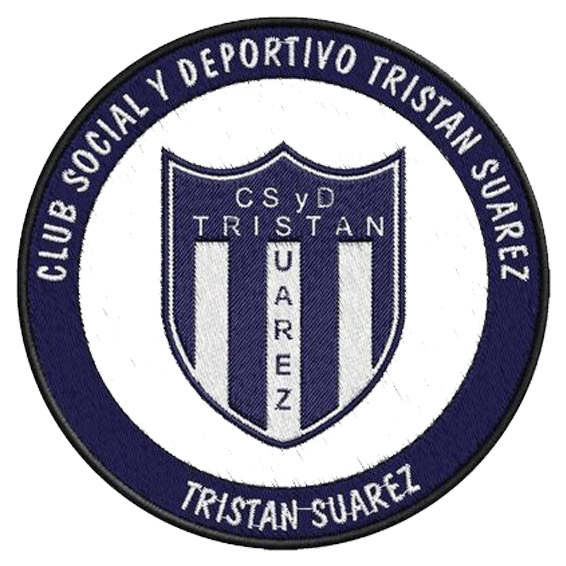
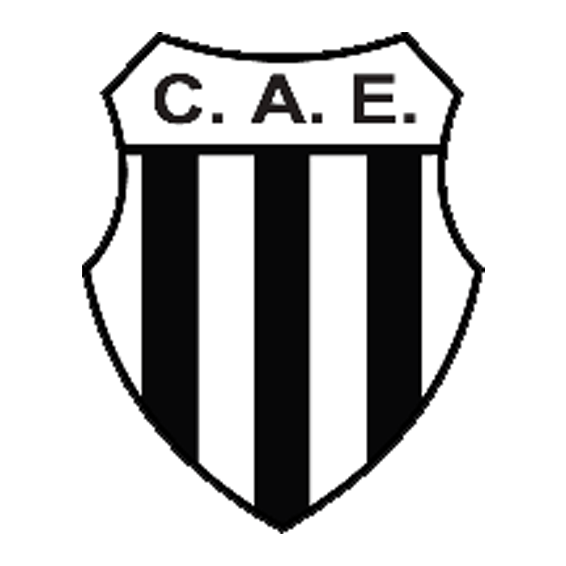


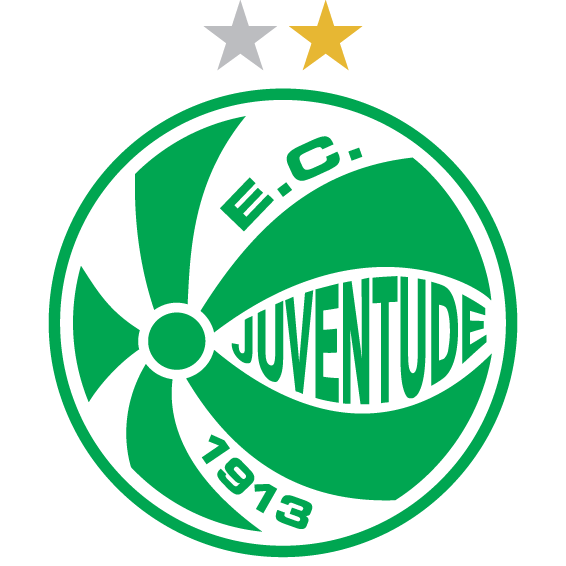
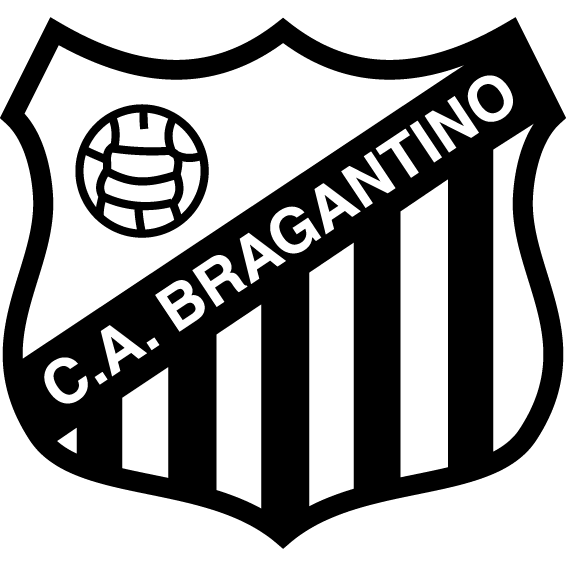
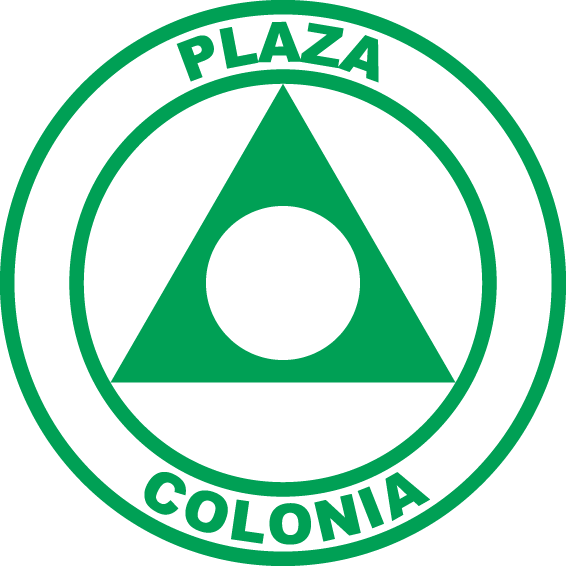

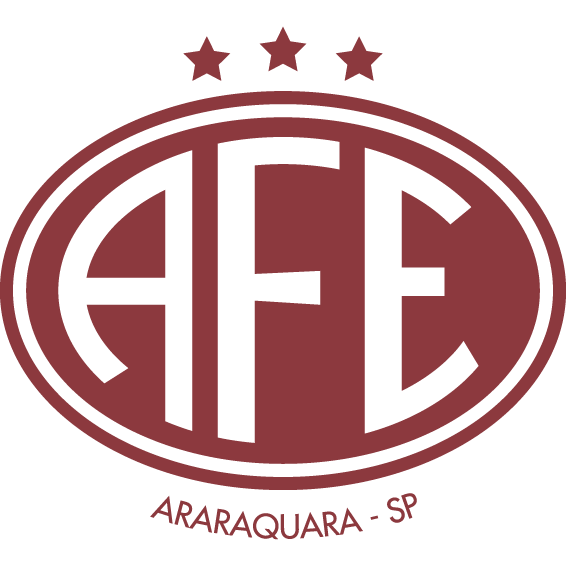
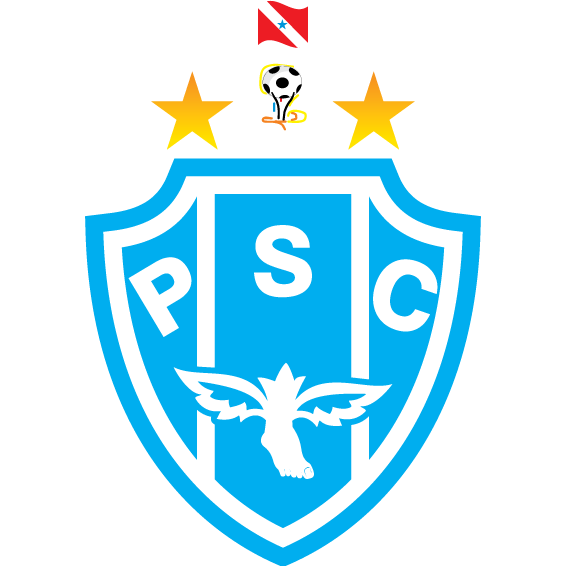
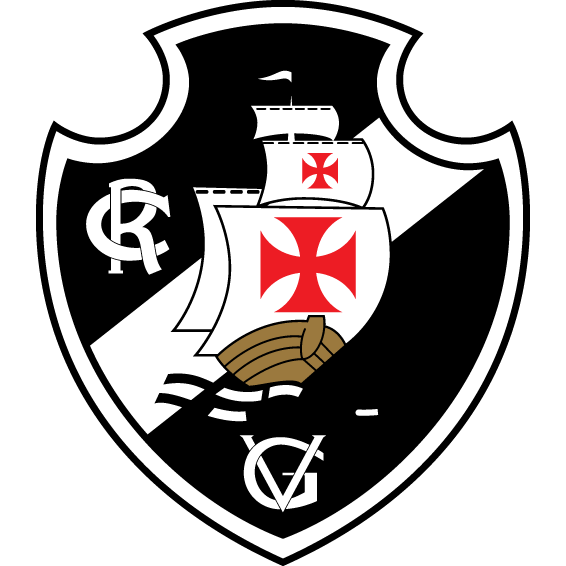




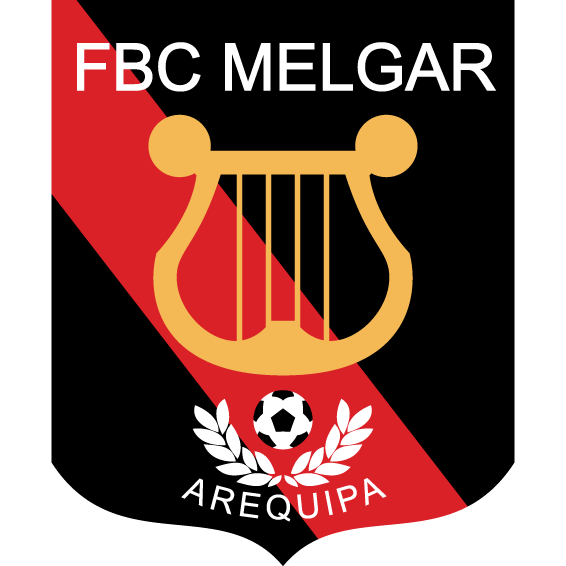























There are no comments yet. Be the first to comment!